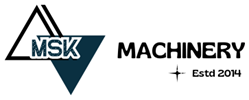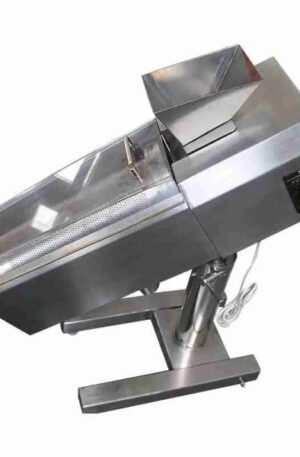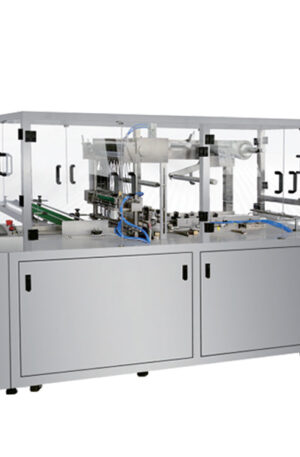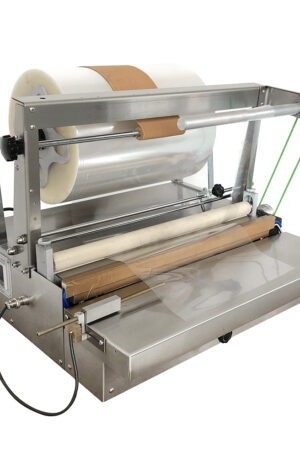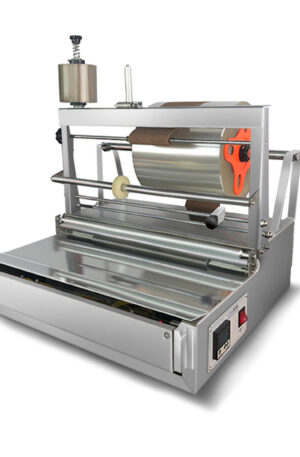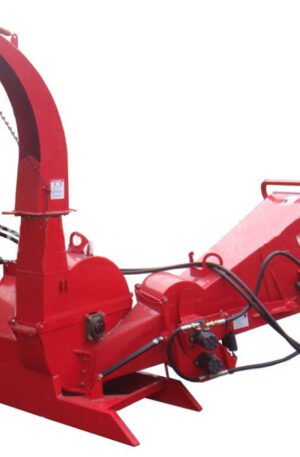Title: “The Evolution of Pharmaceutical Machinery: Innovations and Impact on Drug Manufacturing”
Pharmaceutical machinery has undergone significant advancements over the years, revolutionizing the way drugs are manufactured. Two key machines that play a crucial role in drug production are the table press machine and the capsule filling machine. These machines have evolved from manual labor-intensive processes to highly automated systems that ensure efficiency and accuracy in drug manufacturing.
The table press machine, also known as a tablet press or pill press, is essential in the production of tablets. Early table press machines required manual operation, with workers manually feeding the raw materials into the machine and monitoring the tablet compression process. However, with technological advancements, modern table press machines such as the TDP (Tablet Press) and THDP (High-Speed Tablet Press) have transformed the tablet manufacturing process. These machines are fully automated, with features such as automatic feeding of materials, precise control of compression force, and high production speeds. The TDP and THDP machines have significantly increased the production capacity of pharmaceutical companies and improved the quality and consistency of tablets.
On the other hand, capsule filling machines have also evolved to meet the demands of modern drug manufacturing. Capsule filling machines are used to fill empty capsule shells with the desired drug formulation. Similar to table press machines, early capsule filling machines were manually operated. However, advancements in technology have led to the development of sophisticated automatic capsule filling machines that can fill hundreds of capsules per minute with high accuracy. These machines ensure uniform filling of capsules, reducing variations in drug dosage and enhancing product quality.
The introduction of computerized systems and digital controls in pharmaceutical machinery has further improved the efficiency and reliability of drug manufacturing processes. Automation and integration of different machines in the production line have minimized human errors and increased productivity. Additionally, the use of data analytics and real-time monitoring systems in pharmaceutical machinery has enabled manufacturers to optimize production processes and ensure compliance with regulatory standards.
In conclusion, the evolution of pharmaceutical machinery, including table press machines and capsule filling machines, has revolutionized drug manufacturing. The transition from manual labor-intensive processes to automated systems such as the TDP and THDP machines has enhanced production efficiency, product quality, and overall drug manufacturing capabilities. With continued innovation and technological advancements, pharmaceutical machinery will continue to play a vital role in the development and production of life-saving medications.
